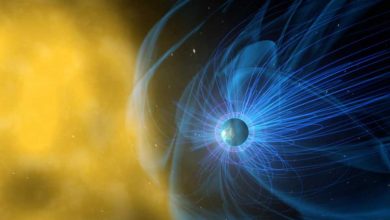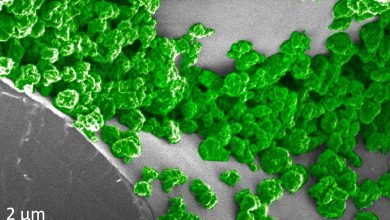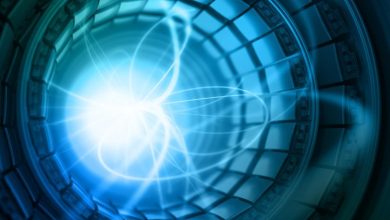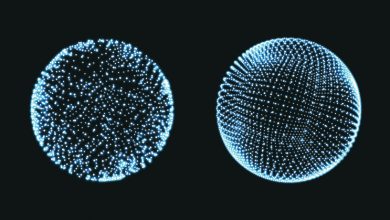
Wireless electricity is a 100-year-old dream that just might turn into reality in the coming years. The advent of wireless charging, electric vehicles, 5G, and the need for greater sustainability have led to a push for the development of fully operational wireless transmission technology in different parts of the world.
From America’s Wave Inc. to Japan-based Space Power Technologies and New Zealand’s energy startup Emrod, there are a number of companies that are currently working on wireless power transmission technology. Field tests have also begun for some systems, and it will be interesting to see who comes first in this race to offer an efficient, economical, and viable wireless electricity solution.
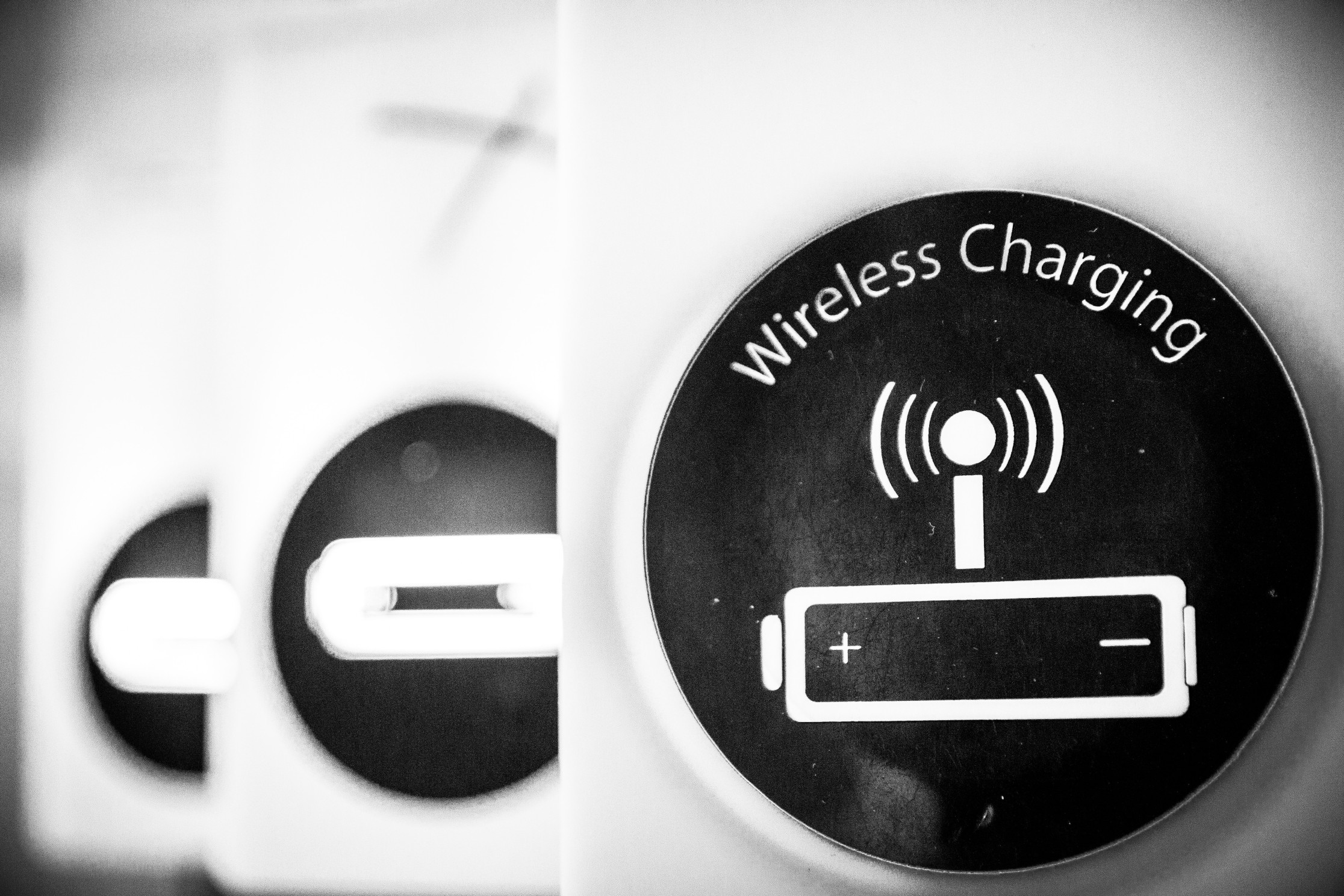
The history and science behind wireless power transmission
Before we get into the different revolutionary initiatives concerning wireless electricity, it is important to understand its origin and the underlying concept behind this technology that makes it a reliable choice for future power needs.
In the year 1891, Serbian-American inventor Nikola Tesla designed the Tesla coil, a unique device that worked on the principle of electrical resonance, and was able to transmit electricity without wires. However, the coil could conduct electricity wirelessly over short distances only, and due to its limited potential, it didn’t turn out to be a practical application for wireless electricity transfer.
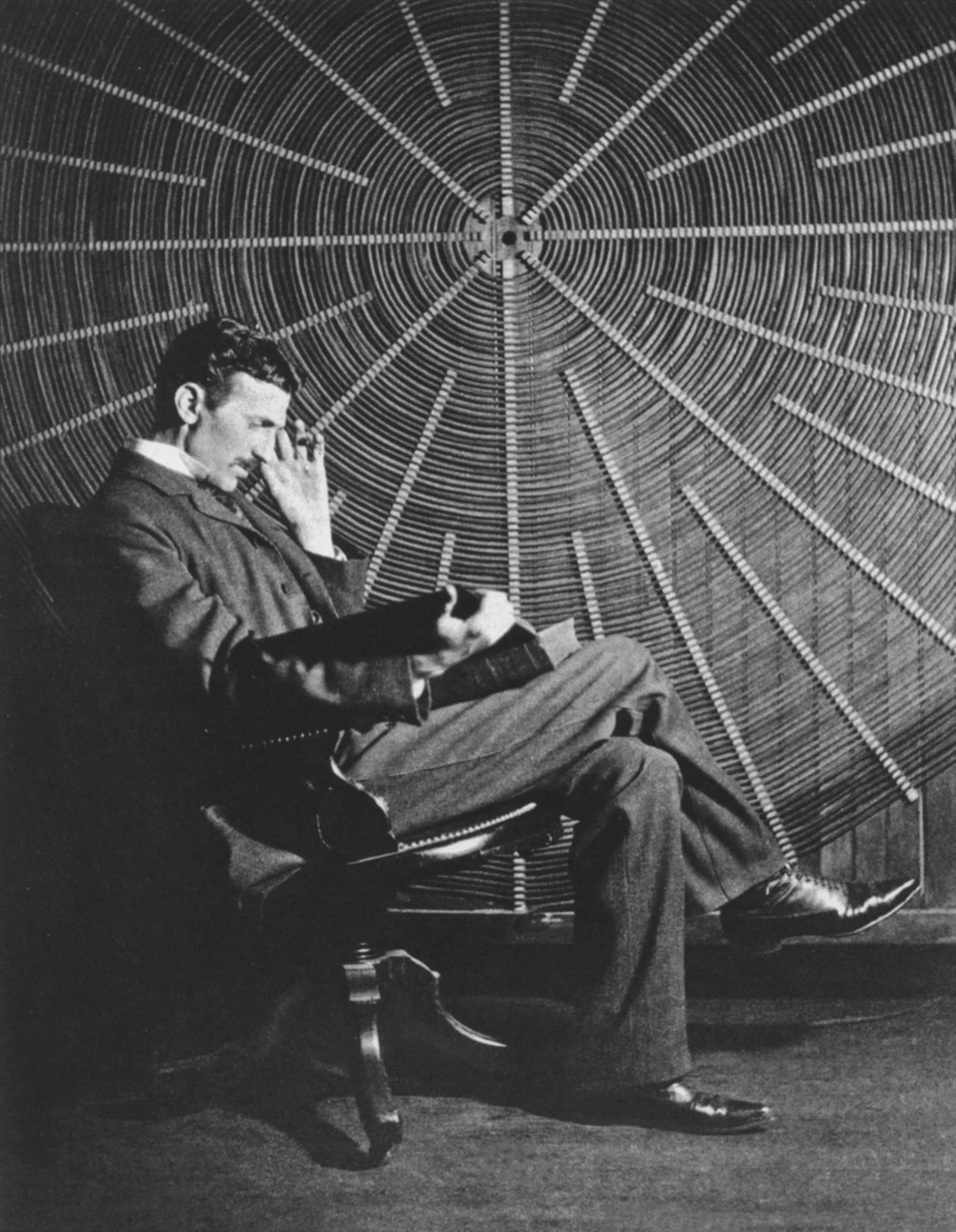
Tesla was still obsessed with his idea of wireless power, so in the years that followed he worked on building an energy station that could conduct high-voltage wireless power transmission (WPT). Through this experimentation, Tesla aimed to transmit messages wirelessly at long distances, using either a series of strategically positioned towers or a system of suspended balloons.
He constructed a wireless transmission station in Long Island (called the Tesla or Wardenclyffe Tower) which he believed could demonstrate that long-range wireless electricity transmission was possible. Unfortunately, investor J.P. Morgan refused to provide more funds for his experiments, and the project was shut down in 1906 and later demolished.
Nikola Tesla may have died in 1943 with his dream of wireless electricity unfinished, but in the past 100 years, a number of experiments and studies prove that the genius inventor may have been on the right track in his approach of using the earth instead of wires as a medium for transmitting wireless power.
Today, various methods of wireless power transmission are being developed, and research is going on to implement these on a large scale:
-
Solar satellite transmission
This is a promising method that involves the use of solar power satellites placed in high earth orbit. The satellite would convert the sunlight into energy; this energy is composed of microwaves. These microwave signals would then be transmitted to an antenna on the ground or to a main grid station.
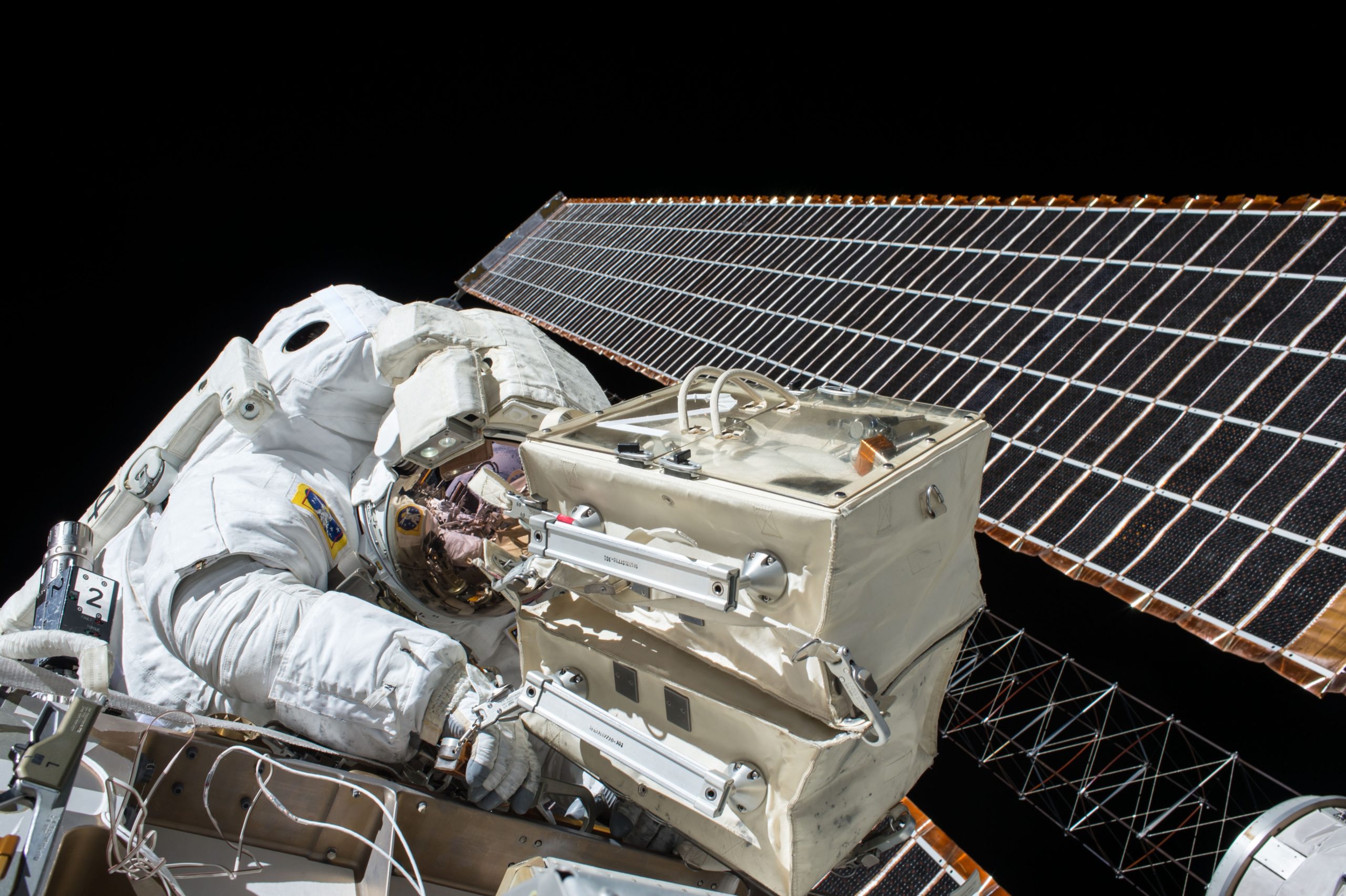
Recently, Caltech has announced that board member Donald Bren, who is also the owner of real estate investment firm Irvine Company, will donate $100 million for Caltech’s Space Solar Power Project (SSPP). This ambitious project aims to establish a satellite and microwave-based wireless energy network that could consistently supply power anywhere on earth.
-
Microwave power transmission
In this method, microwave radiation is turned into DC electric power with the help of a microwave receiver and DC rectifier. The highest efficiency achieved with microwave power transmission was 84%, which was recorded in 1975, by a team in Japan, but systems with higher power output have had lower efficiencies. The next goal would be to achieve high-efficiency energy transfer over long distances.

Research published in August 2021 at the University of Tsukuba, Japan reveals that high-energy microwave
radiation can act as an efficient wireless source of power for launching rockets into space. When a rocket is sent to space, fuel accounts for about 90% of its weight, this load can be eliminated by the use of this microwave-based wireless energy technology.
-
Laser transmission
The most efficient DC-to-laser converters have been shown to be solid-state laser diodes like those used commercially in fiber optic and free-space laser communication. Laser transmission allows a photovoltaic receiver to receive laser beams and generate electric power from the same. The merit of laser-based power transmission is that laser beams can be controlled more easily for long-range wireless electrical transmission.
Wireless power is no longer a dream for New Zealand
Energy startup Emrod will soon test a prototype wireless energy infrastructure setup in New Zealand. If the test is successful, this would be a great push to the New Zealand government’s plans for setting up wireless energy transmission throughout the country.
Emrod has designed a unique tele-energy technology that uses a wireless network of antennas and rectennas (rectifying antennas) carrying energy in the form of long-range electromagnetic waves from one point to the other. At first, electricity is conducted via antennas in the form of a non-ionizing beam, having a frequency equivalent to radio waves.

According to the company, a “low power laser safety curtain ensures that the transmission beam immediately shuts down before any transient object (such as a bird or helicopter) can reach the main beam ensuring it never touches anything except clean air.”
Emrod claims that this technology is well-suited to the mountainous terrain of New Zealand and can withstand the varying weather conditions of the region. The rectenna-based wireless electricity transfer technology is also considered a boon for areas where traditional power grids cannot be installed due to financial or geographical restrictions.
While the project is backed by the New Zealand government, Emrod CEO, Greg Kushnir anticipates that people might oppose wireless electricity in the same way they are skeptical about 5G technology. He believes that the real challenge associated with this project is to assure people that wireless electricity from Emrod does not lead to any harmful radiation.
Emrod also has an office in Boston, and there is a strong possibility that the company’s next wireless electricity project could take place in the US.
Some other groundbreaking initiatives for wireless power transmission
The new decade of the 21st-century demand for clean and limitless energy solutions. Wireless electricity that stands as a great alternative to traditional power sources has the potential to revolutionize the clean energy sector. This is also the reason there are so many interesting developments taking place in the WPT segment:
- Wireless Advanced Vehicle Electrification (WAVE) is an American technology company that manufactures wireless energy solutions for medium and high-powered electric vehicles. The charging systems provided by Wave can be installed underground, beneath roads or in parking areas, and are able to deliver wireless power up to 1 Mega Watts.
Recent reports suggest that Tesla’s upcoming electric truck Semi might use the inductive wireless charging technology from Wave to meet its power demands.
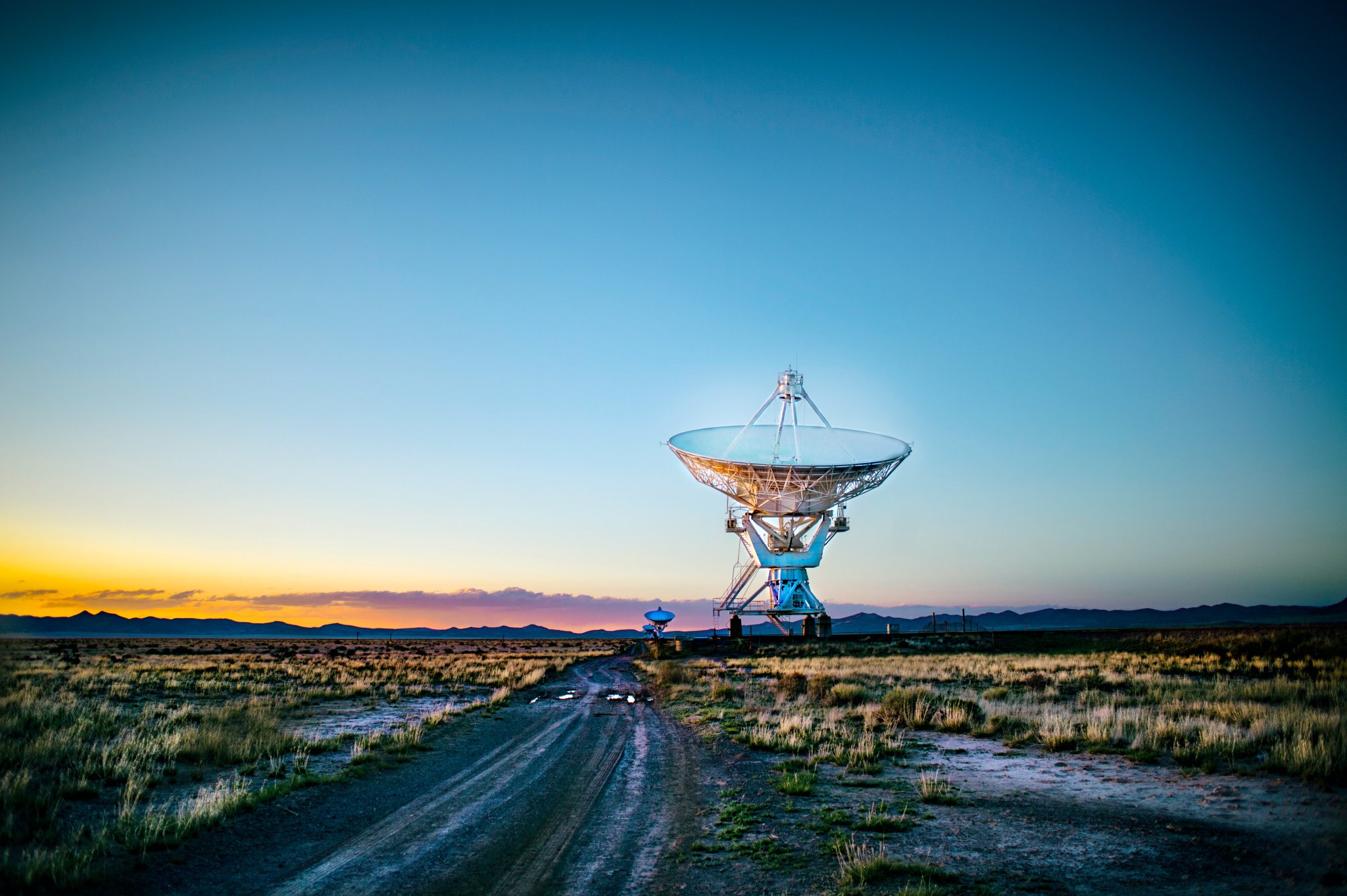
- Beyond Earth is a non-profit research institute that has proposed the vision for establishing a fully functional solar satellite power transmission system. The institute claims that the proposed wireless system could power industrial applications on earth as well as human operations on the moon.
- The proposed energy system would have two major units; a space solar satellite that would receive energy from the sun and process the same through its photovoltaics, concentrators, and WPT sub-units, and a rectenna receiver which would transmit energy to earth or moon as per the requirement.
The institute recommends the completion of the proposed solar satellite-based wireless power system by the year 2030. - The Indiana Department of Transportation (INDOT) has joined hands with Purdue University and German cement company Magment to test magnetic cement roads that could charge electric vehicles while they move on them. In the first phase, Purdue will conduct laboratory tests to confirm the viability of the proposed magnetized roads.
- Once approved by the university, a 1312-feet (400-meter) test highway would be constructed using the magnetic cement from Magment and then on-road tests will be conducted with 200kW powered trucks. If the tests turn out to be successful, the state will use the technology further to develop public roads.
This earth-based wireless charging project is a part of the ASPIRE Initiative (Advancing Sustainability through Power Infrastructure for Road Electrification) backed by the National Science Foundation and many other public and private institutes. - WiTricity, a US-based company is also working on a park-and-charge technology that aims to charge electric vehicles via magnetic resonators while the vehicles are parked.
Along with IoT and AI, wireless power transmission is also an inevitable technological development that humanity would experience on a whole new level in the coming years.

